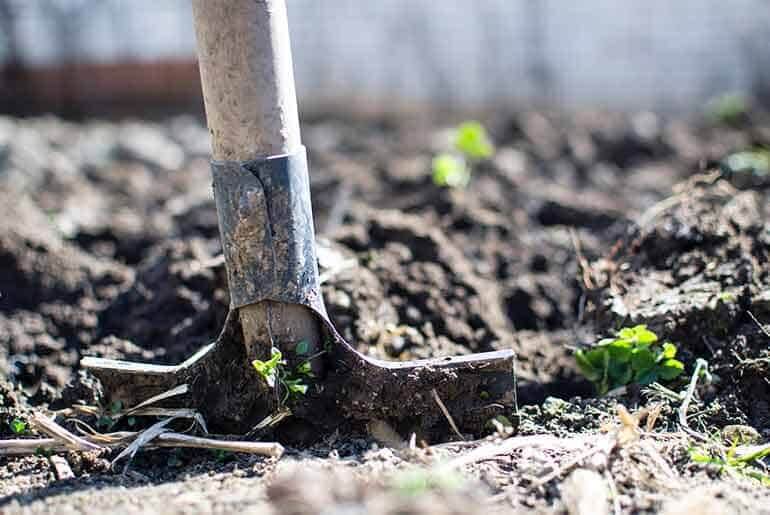April is one of the most breathtaking months of the spring season. Places like Washington D.C. are flooded with tourists hoping to catch a glimpse of “peak bloom”—the 4-6 days each year that thousands of cherry trees resemble rows of cotton candy bursting with fluffy shades of pink.
With all of the natural beauty that April brings, it should be no surprise that two annual events celebrating natural resources occur this month, with Earth Day approaching on April 22nd, followed by Arbor Day on April 30th.
The Arbor Day Foundation, a 501(c)3 nonprofit conservation and education organization, will be celebrating the annual event’s 150th anniversary in 2022 with the goal of encouraging 5 million new tree planters in time for the milestone. With this in mind, we thought we would take the opportunity to share our landscape professionals’ expertise in selecting and planting the right types of trees for your zone and property.
Research Your Property & Tree Types

Knowing your region’s hardiness zone, your property’s soil type, the amount of sun exposure, desired height and spread of the trees, and how much maintenance you have the time or resources to supply are important considerations when selecting trees to plant.
Soil testing kits can be purchased from commercial home improvement stores like Lowe’s or Home Depot to identify your soil’s composition. For $9, the Agricultural Analytical Services Laboratory at Penn State University will test your soil for a number of different nutrients and provide recommendations for the appropriate amount of lime and fertilizer for your soil. You can learn more about the university’s procedure for submitting a soil test here.
Websites like the Arbor Day Foundation’s also provide extensive information to help you determine your region’s hardiness zone, and even handy tools like its Tree Wizard, which collects your zip code and soil type and asks questions about your desired type of tree, height and growth rate to recommend types of trees best suited to your property and personal taste.
Best Time to Plant Trees & Tips for Planting
The cool temperatures of fall make it the most ideal season to plant trees. There is always a risk for root shock to occur each time a tree is transplanted from its original location to a new one, but cooler temperatures help mitigate that risk as opposed to the warmer temperatures of spring and summer.
While the large home improvement chain stores sell several varieties, many of those trees could already be between 3-5 years old and most likely do not come with any type of warranty in the event that they do not take root.
One of the easiest ways to ensure that you are purchasing tree varieties that are native to your region is to source your plants from a local nursery or greenhouse. These types of outsourcers grow all of their own stock, and therefore, are extremely knowledgeable in all of the plants they sell and will most likely offer a warranty on their plants. In the event that your trees do not take root, a warranty can be incredibly valuable, especially when the initial investment is hundreds of dollars.

If you are planting the trees yourself, thoroughly water the root ball after removing it from its original planter. Also when digging a hole for a tree, ensure it is the proper depth. If a tree is planted to deep, new roots will have difficulty developing due to the lack of oxygen. The Arbor Day Foundation provides comprehensive planting instructions based the tree’s root configuration. Click here to learn more.
Keeping trees well-watered and fed in the first year is critical to helping establish a root system. For instance, fruit-bearing trees require more water than a tree such as a White Pine, which thrives in well-drained locations. If you are not sure of how much water your soil needs, hold some soil in your hands and seeing if it’s crumbly and dry or cakes together easily. In addition to adequate watering, food spikes can be helpful in ensuring nutrients are reaching the roots.
In addition to knowing the required maintenance and needs of the trees you are planting, be aware of any potential pests a tree variety might attract. Planning for fencing to keep deer and porcupines away, or the addition of specific pesticides to ward off harmful insects will help extend the life of your trees.
When in Doubt, Consult a Professional
Depending on the characteristics of your property and your preference, trees can be a significant investment of time and money, but can significantly enhance the beauty and perceived value of your home or business. If you are not sure of the right type of plants and trees to make the most of your property and resources, consulting with landscaping and lawn maintenance professionals like Evercor will ensure your investment is not wasted. We would be happy to help make you proud of your property!